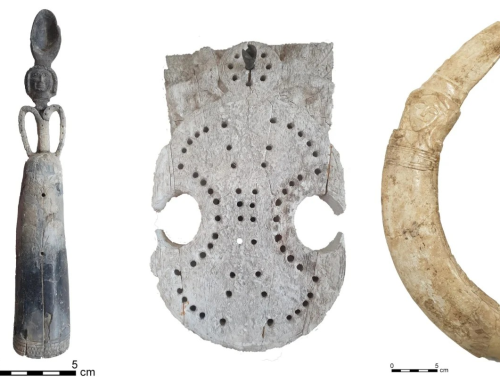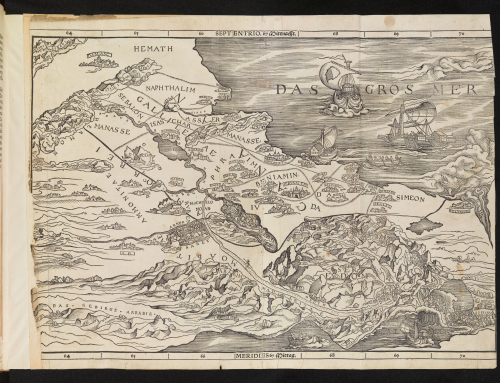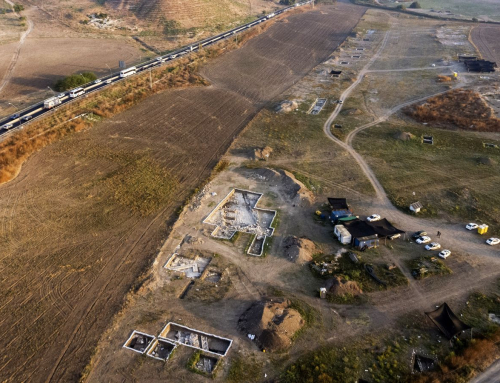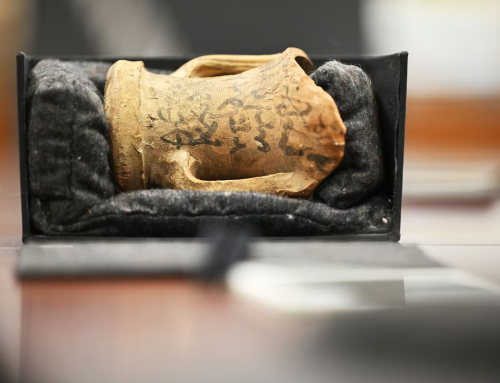What do we know about the history of crucifixion? In the article, “New Analysis of the Crucified Man,” Hershel Shanks looks at evidence of Roman crucifixion methods as analyzed from the remains found in Jerusalem of a young man crucified in the first century A.D. The remains included a heel bone pierced by a large nail, giving archaeologists, osteologists and anthropologists evidence of crucifixion in antiquity.
What do these bones tell us about the history of crucifixion? The excavator of the crucified man, Vassilios Tzaferis, followed the analysis of Nico Haas of Hebrew University-Hadassah Medical School in Jerusalem suggesting Roman crucifixion methods: a contorted position: arms nailed to the crossbeam; legs bent, twisted to one side, and held in place by a single nail that passed through a wooden plaque, through both left and right heel bones, and then into the upright of the cross.
However, when Joseph Zias and Eliezer Sekeles reexamined the remains, looking for evidence of Roman crucifixion methods, they found no evidence that nails had penetrated the victim’s arms; moreover, the nail in the foot was not long enough to have penetrated the plaque, both feet, and the cross. And, indeed, what were previously thought to be fragments of two heel bones through which the nail passed were shown to be fragments of only one heel bone and a long bone. On the basis of this evidence, Zias and Sekeles suggest that the man’s legs straddled the cross and that his arms were tied to the crossbeam with ropes, signifying the method of crucifixion in antiquity.
Literary sources giving insight into the history of crucifixion indicate that Roman crucifixion methods had the condemned person carry to the execution site only the crossbar. Wood was scarce and the vertical pole was kept stationary and used repeatedly. In “New Analysis of the Crucified Man,” Hershel Shanks concludes that crucifixion in antiquity involved death by asphyxiation, not death by nail piercing.
Original Article – Roman Crucifixion Methods Reveal the History of Crucifixion – Biblical Archaeology Society







